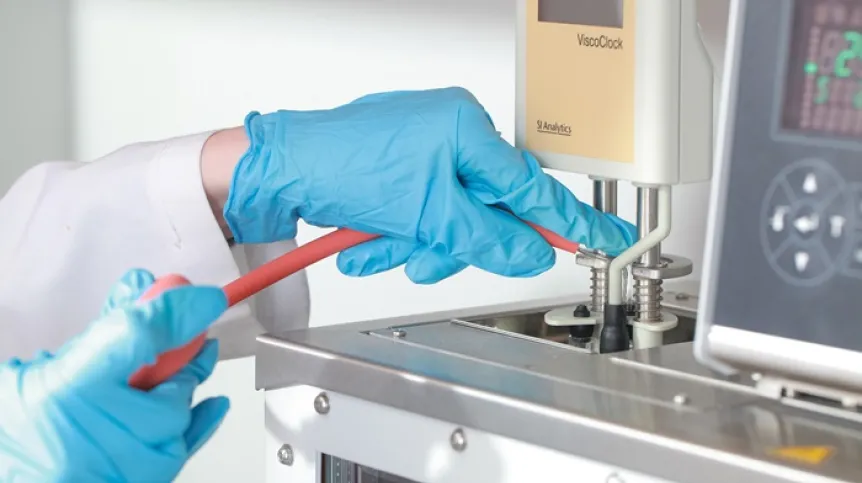
Three experimental therapies have been selected for further development under the Polish edition of the SPARK program. The projects include work on an affordable drug candidate for Alzheimer’s disease and new treatment options for a rare genetic disorder.
SPARK, established at Stanford University in the United States, focuses on bridging the gap between scientific research and clinical practice in medicine and biotechnology.
The Polish pilot edition, announced in February, runs for two years. Out of 48 applications, three projects were chosen earlier this year, and the acceleration process has now begun.
“At the early stages of the project, teams of three are formed and work together. They consist of a scientist with great ideas, plus mentors: a clinician who knows the practice, and someone from the business community who knows whether something will achieve market success. This significantly increases the likelihood of the project quickly entering practice,” said Professor Agnieszka Dobrzyń, director of the Nencki Institute of Experimental Biology of the Polish Academy of Sciences in Warsaw and initiator of SPARK Poland, quoted in a press release.
The selected projects are led by researchers from Poznań, Rzeszów and Warsaw. Urszula Kozłowska, PhD, from the Institute of Bioorganic Chemistry of the Polish Academy of Sciences in Poznań is developing an affordable therapeutic candidate for Alzheimer’s disease. Professor Jacek Tabarkiewicz from the University of Rzeszów is responsible for the project ‘Development of treatment for prevention of heterotopic ossifications in fibrodysplasia ossificans progressiva (FOP).’
Tomasz W. Turowski, PhD, from the Institute of Biochemistry and Biophysics of the Polish Academy of Sciences in Warsaw is leading the project ‘Small molecule modulator of RNA polymerase III.’
“We have a doctor who wants to change the use of a drug in the treatment of a rare disease, a molecular biologist searching for new drugs, and a medical biotechnologist planning to expand therapeutic options for Alzheimer’s patients,” Dobrzyń explained.
According to the organizers, the mentoring program imposes strict entry requirements.
“The research results must be unique on a global scale. Secondly, the project must be feasible within the SPARK program, meaning within two years. And most importantly, there must be an unmet medical need. If this is not the case, the project is rejected,” Dobrzyń said.
SPARK Poland has joined the existing SPARK Europe network, which connects scientists with international mentors and business experts.
“We have a very strong SPARK Europe group, but not only that. This means that those entering the program have immediate access to a large pool of businesspeople, experts, mentors. They all support each other. These are scientists without borders,” said Agnieszka Sudoł, research commercialisation specialist at the Nencki Institute.
The Ministry of Science has allocated nearly PLN 3 million to support the program this year. The funding covers research, training, and mentor visits, during which experts will regularly supervise work on site. Financing for subsequent editions has not yet been secured.
PAP - Science in Poland
ekr/ zan/













